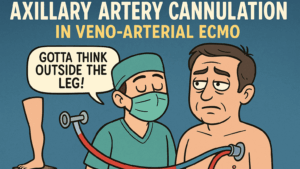Cardioplegia plays a crucial role in cardiopulmonary bypass (CPB) surgery by stopping the heart and providing myocardial protection during the procedure. Despite the wide variety of cardioplegia solutions available, there is no universal consensus on the most effective and safest option. This study seeks to compare Huaxi-1, a blood-based cardioplegia solution, with the well-established histidine-tryptophan-ketoglutarate (HTK) solution in terms of myocardial protection and overall surgical outcomes.
Background and Rationale
Huaxi-1 has been in use since 2006 at a major cardiac center in China, demonstrating promising clinical outcomes. Unlike crystalloid-based solutions such as HTK, Huaxi-1 combines oxygen-rich blood with key electrolytes to better support myocardial metabolism and minimize ischemic injury. However, it has not yet been standardized or approved for widespread use. The present trial, conducted across four hospitals in China, aims to determine whether Huaxi-1 can provide non-inferior or superior myocardial protection compared to HTK.
Study Design
The study is a multicenter, randomized controlled trial including 160 adult patients undergoing elective cardiac surgery that requires CPB. Participants will be randomly assigned in a 1:1 ratio to receive either Huaxi-1 or HTK. The trial is designed as a non-inferiority study, with the hypothesis that Huaxi-1 is at least as effective as HTK in minimizing myocardial injury. The primary endpoint is the peak level of high-sensitivity cardiac troponin T (hs-cTnT) within 48 hours post-surgery, a key marker of myocardial injury. Secondary endpoints include additional biomarkers such as creatine kinase-myocardial band (CK-MB) and cardiac troponin I (cTnI), changes in left ventricular ejection fraction (LVEF), and spontaneous cardiac recovery rates.
Intervention and Assessments
The Huaxi-1 cardioplegia solution consists of a 4:1 mixture of autologous blood and crystalloid solution, optimized to enhance oxygen delivery and myocardial protection. In contrast, HTK, a crystalloid solution, relies on hyperpolarization mechanisms to preserve cardiac tissue. The study will monitor various intraoperative and postoperative factors, including:
- Cardiac arrest and recovery times: The duration required for the heart to stop after cardioplegia administration and the time until spontaneous cardiac rhythm returns.
- Biomarker Analysis: Levels of hs-cTnT, CK-MB, and cTnI will be measured at multiple time points before and after surgery.
- Cardiac Function Evaluation: LVEF will be assessed preoperatively and postoperatively via transesophageal echocardiography.
- Postoperative Recovery Metrics: Intensive care unit (ICU) stay duration, need for inotropic support, and incidence of complications such as low cardiac output syndrome or arrhythmias.
Expected Outcomes and Significance
If Huaxi-1 demonstrates equivalent or superior myocardial protection compared to HTK, it could become a standardized, commercially available alternative to in-house blood-based cardioplegia solutions, reducing variability in surgical outcomes. Given that no blood-based cardioplegia has been formally approved in China, this study may have significant implications for regulatory approval and widespread clinical adoption.
Ethical Considerations and Dissemination
The study has received ethical approval from multiple institutions and adheres to international guidelines for clinical trials. Findings will be published in peer-reviewed journals and presented at medical conferences to inform cardiac surgeons, perfusionists, and healthcare professionals about the efficacy of Huaxi-1.
By rigorously evaluating the performance of Huaxi-1, this trial aims to advance cardiac surgery by providing a more effective, standardized cardioplegia solution, potentially improving surgical outcomes and patient recovery.
Study ranking = 5 (highest quality) The study is a multicenter, randomized controlled trial with strong methodology, ethical approvals, and standardized data collection, making it a high-quality clinical investigation.







